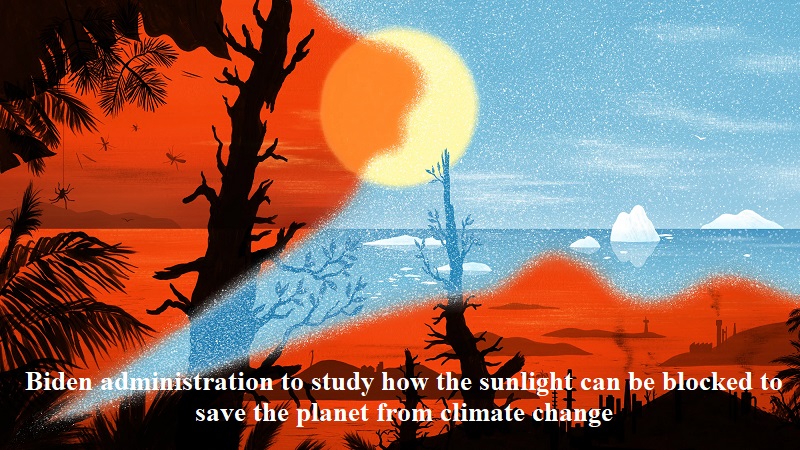
The White House website has released a research document stating that the Biden administration is exploring the idea of blocking sunlight as a potential solution to address the climate change crisis.
According to the report titled “Congressionally-Mandated Report on Solar Radiation Modification,” which was published by the White House Office of Science and Technology Policy, the designated team has been studying “geoengineering” methods to mitigate the effects of global warming caused by solar radiation.
The report defines “geoengineering” as the deliberate large-scale intervention in Earth’s natural systems to counteract climate change, as explained by the University of Oxford.
The Biden administration is specifically investigating two types of geoengineering methods: stratospheric aerosol injection (SAI) and marine cloud brightening. Ongoing research is also being conducted on cirrus cloud thinning.
The report notes that the focus is on atmospheric approaches rather than space-based approaches due to their relative feasibility in the near term. It emphasizes that the research aims to improve understanding of the potential impacts of solar radiation modification (SRM) and its relationship to climate processes and greenhouse gas emissions.
While the research document does not include any government policy, it highlights the importance of studying the scientific and societal implications of SRM to make informed decisions about its potential risks and benefits as part of climate policy. It also acknowledges that such research could prepare the United States for possible future deployment of SRM by public or private actors.
The report mentions that SRM offers the possibility of significant cooling of the planet within a few years. However, the White House clarified in a separate statement that there are currently no plans to establish a comprehensive research program focused on solar radiation modification.
Overall, the research document provides insights into the Biden administration’s interest in exploring geoengineering methods and highlights the importance of further research to understand the potential implications of solar radiation modification.

Post Your Comments